Xiaomi released its most affordable phone in the market to date, the Redmi A1, and it sports decent hardware for its asking price point. Here’s our full review.

Xiaomi Redmi A1 specs:
- 6.52-inch HD+ display
1600 x 720 px - MediaTek Helio A22 SoC
IMG PowerVR GPU - 2GB RAM
- 32GB internal storage
with dedicated microSD card slot - 8MP f/2.0 + QVGA Dual rear cameras with LED Flash
- 5MP f/2.2 front camera
- 4G LTE, Dual-SIM
- WiFi 802.11n, Bluetooth 5.0, GPS, A-GPS, GLONASS, BDS
- microUSB, 3.5mm headphone jack
- MIUI 12 (Android 12 Go Edition)
- 5,000mAh battery
10W charging - Colors: Black, Light Blue, Light Green

Inside the box are the essentials – the phone itself, a micro USB data and charging cable, a charging brick, and documents for warranty and guide. There’s no TPU case here, too, so you’ll find yourself purchasing one at the mall or online.
Design: A different take
While affordable phones try to emulate more affordable counterparts, Xiaomi decided to give the Redmi A1 a different spin that could stand out from the pack. This textured, polycarbonate back doesn’t visibly register fingerprints and smudges and isn’t slippery to hold for longer periods of time.
The back part features dual rear cameras and the LED flash protrudes a bit at the upper-left corner, while text (including the Redmi monogram) is at the bottom.

The front part has a 6.5-inch display, with a notch for the 5MP selfie camera. The call speaker grille is at the upper edge.

The bezels are quite thick, but I like the fact that it has a bigger chin for better grip when using the phone in landscape.

Let’s look at the sides. The left part has the Dual SIM and microSD card tray.

The right part, on the other hand, has the volume keys and the power/lock button protruding on its rather chamfered edge.

The bottom has the microphone, the microUSB port, and the 3.5mm audio jack, while the mono loudspeaker sits at the top. It’s surprising to see one upward-firing loudspeaker when most brands have opted for bottom-firing or stereo with the call speaker acting as the second one.

The phone is great to hold, though the large display may be a chore for those wanting to use the device in a one-hand operation. It’s not bulky to make your wrists feel weary and tired after using it for a long time, too.
Display: A surprising treat
For a budget phone, the Redmi A1 has a large, 6.5-inch HD display that provides just about the right visual experience. The display is bright enough to be used on shady oudoor areas, and offers decent contrast and vivid colors.

The audio is also surprisingly loud, too, as the max volume can easily fill up a quiet, medium-sized room with ease. It’s not something audio-worthy to expect with tinny highs at the max volume and very faint bass.
Camera: A decent performer
Xiaomi equipped the Redmi A1 with two lenses at the back – an 8-megapixel snapper as the main lens, with a QVGA module that acts as an AI camera to enhance your photographs. There’s a dual-tone flash too, something you don’t normally see on phones in its price range.

The front camera, on the other hand, has a 5MP shooter for selfies. The camera software offers most standard camera modes including video, Portrait, Short Video, and Timelapse. The best thing, perhaps, is the option to shoot without the screen as the phone has this feature where you can shoot with the screen off, usually after three minutes. You’ll use the volume keys as your shutter, and you can activate it with the camera’s settings panel.

The photos we’ve taken are surprisingly decent! I like how the photos in well-lit environments tend to capture most of the details, but it sometimes the highlights blow up. Colors sometimes seem off, too, but they’re all good to share on your social media platforms. There’s no night mode, so dim scenes appear as they are – dark.
The portrait mode on the front camera seems to be software-initiated and tends to have some missed blur areas. Here are some sample shots:
Don’t expect stability on the video, which can take only up to 1080p Full HD resolution at 30 frames per second. It’s decent for recording in well-lit environments. Here’s a sample video:
Performance: All good for starters
The Redmi A1 doesn’t claim to be a powerful phone at its price point. In fact, it only has 2GB of RAM and 32GB of internal storage, with only 24GB usable. There’s a dedicated microSD card slot, but it’s mainly for storing your multimedia.

What I love here: Xiaomi opted to ditch MIUI and give the phone a vanilla Android Go experience. It’s based on Android 12, so you’ll all the fluid motions and core Google has been working on, without the unnecessary extras.
As a result, you’d get Go versions of Google’s apps, including a photo Gallery, Google Assistant (as an app), and Gmail. Xiaomi threw in some of its own apps including Mint Themes, Cleaner, the browser, and the camera.
With a MediaTek Helio A22 on board, I wouldn’t expect much from its performance. You obviously can’t multitask much because of the low RAM, but everything has been working smoothly as we used it for quite some time. There are no extra security features here, so leave it to the software’s passcode, pin, or pattern to keep your files safe.
Connectivity, on the other hand, works well. We’re able to use the device both on WiFi and 4G LTE mobile data without any issues, aside from the usual upper back heat-up in most instances.
Battery Life: A stunning revelation
This phone is a battery-life monster. With its 5000mAh battery capacity, we are able to juice up to three days on standby, and almost 3/4 a day of medium use (WiFi and LTE, calls, messages, social media apps, camera). Recharging takes a chore with the 10-watt charging rate and the microUSB cable, which can take up to 3.5 hours.
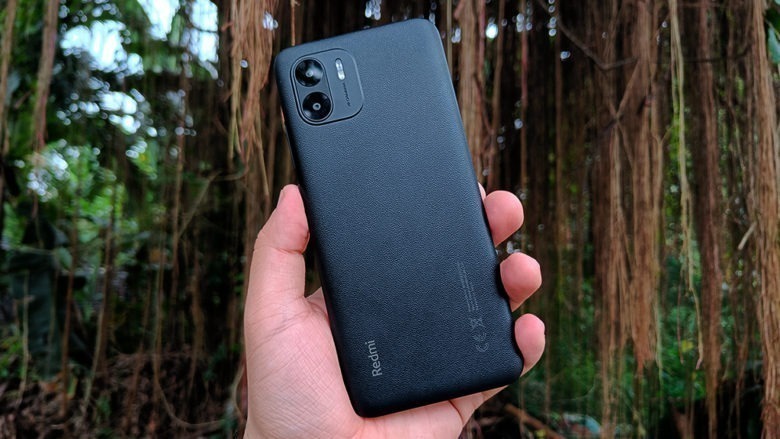



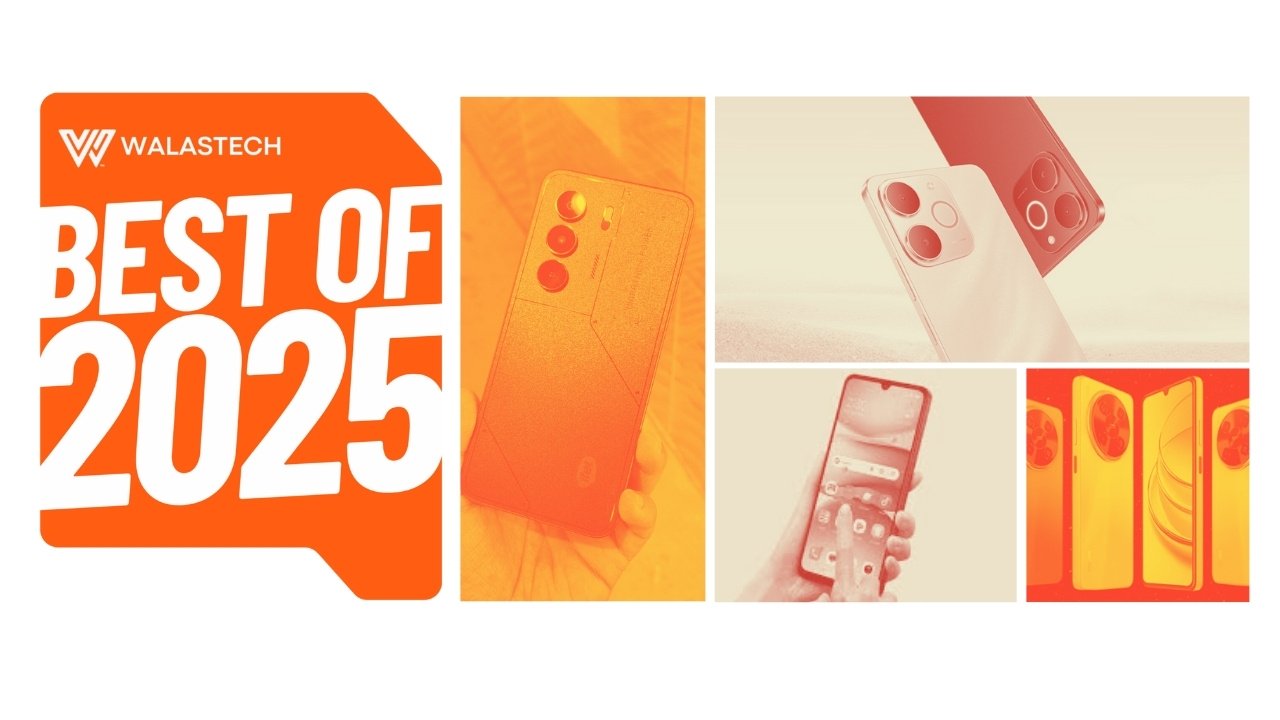
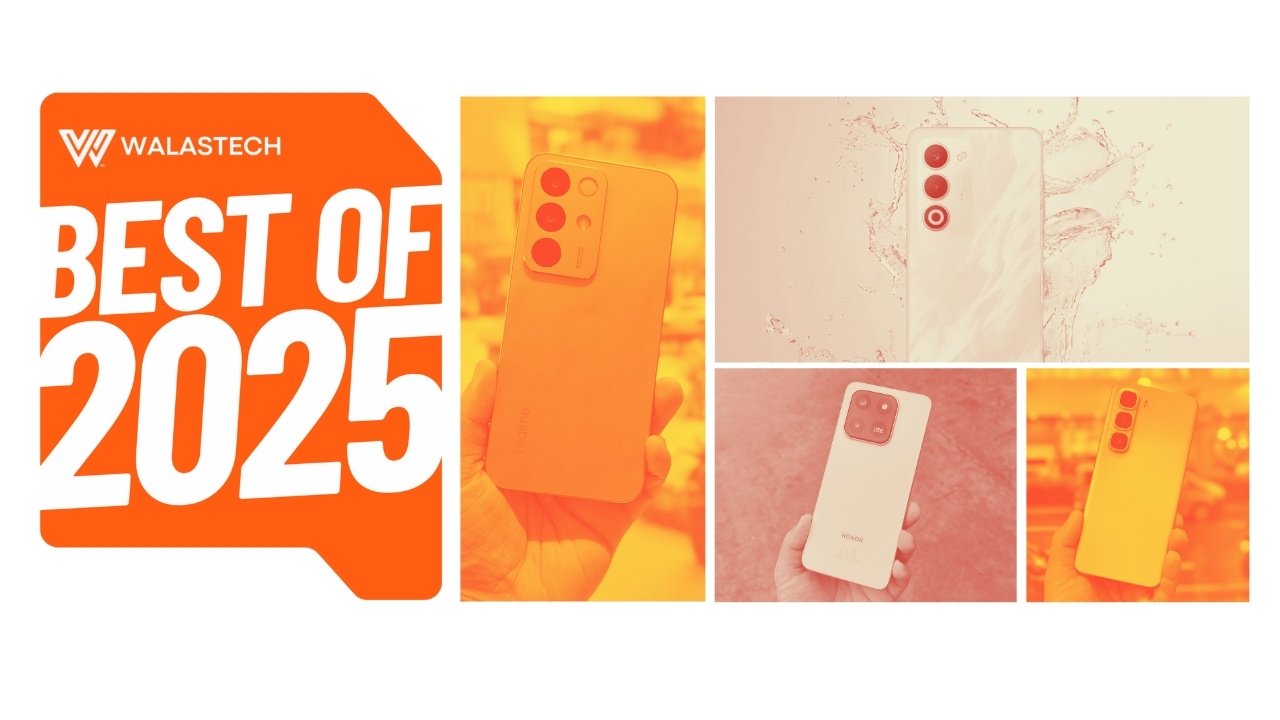


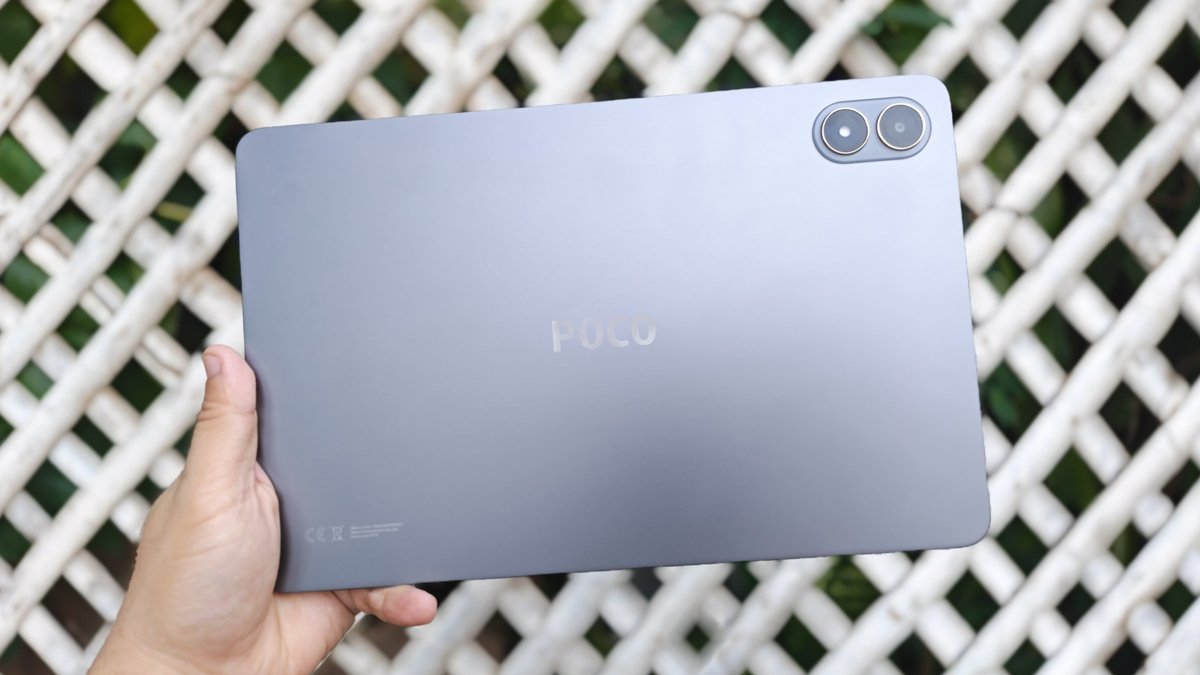
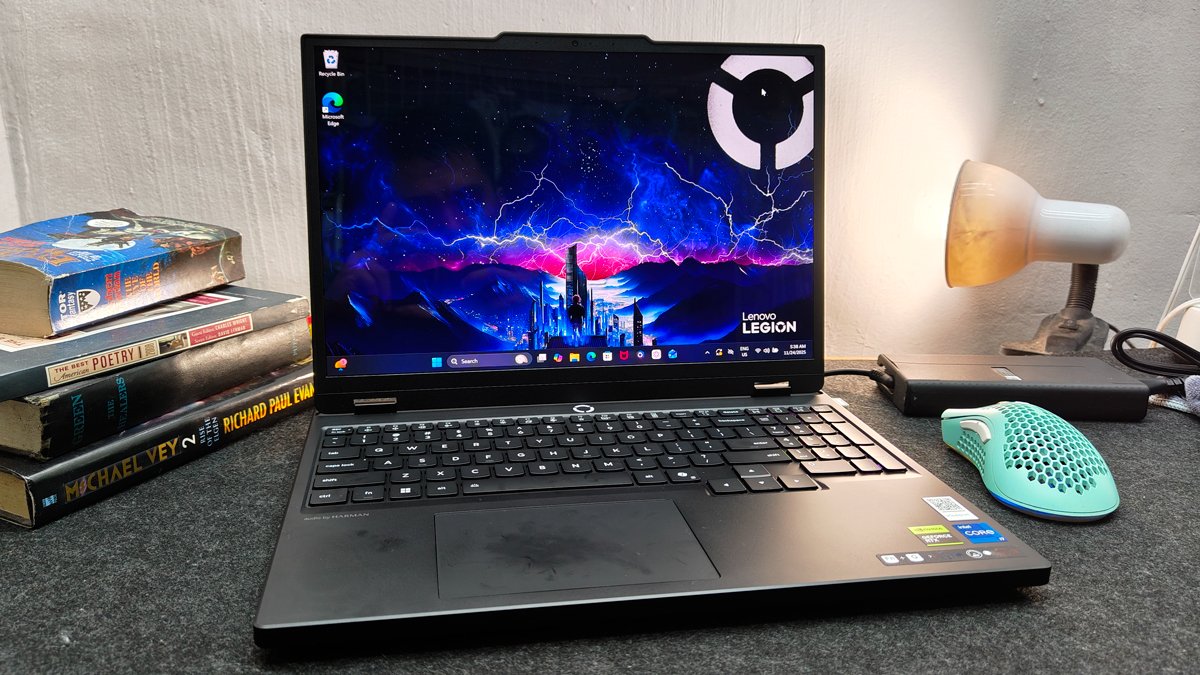
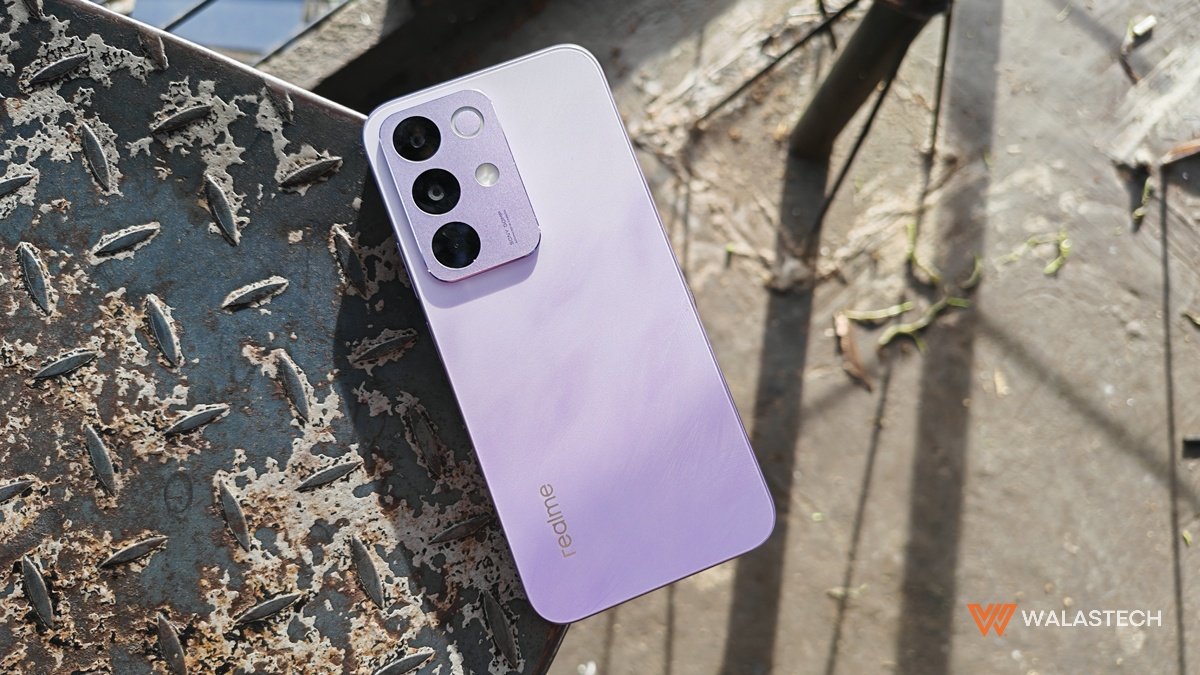
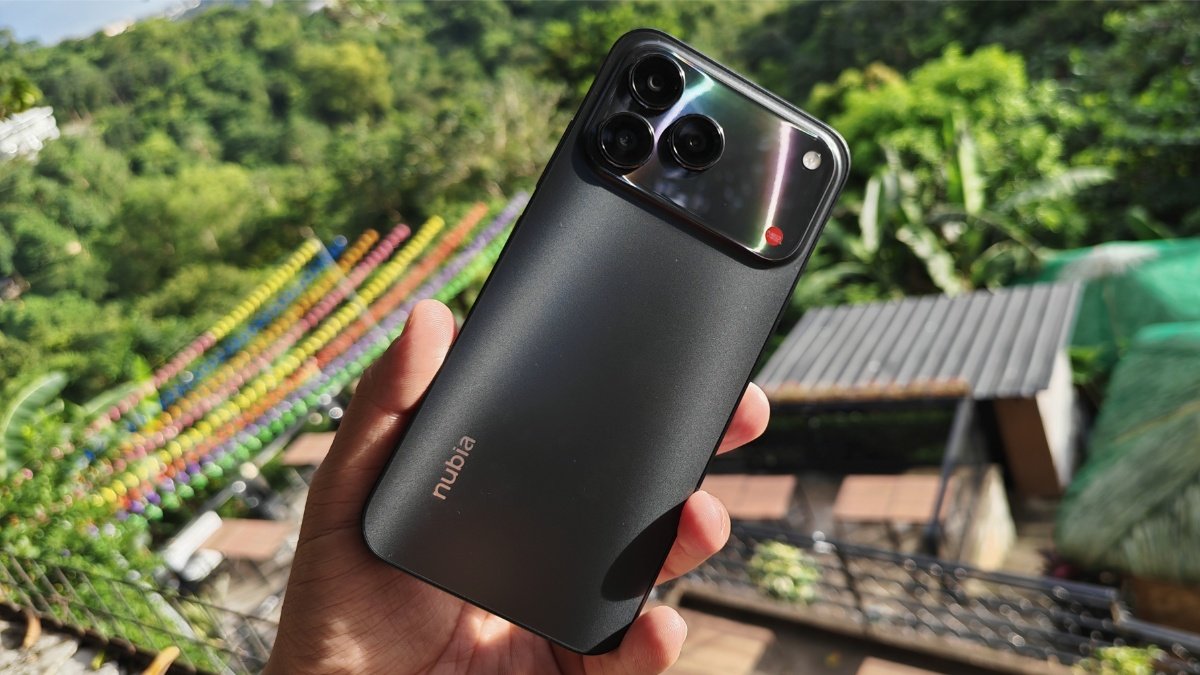
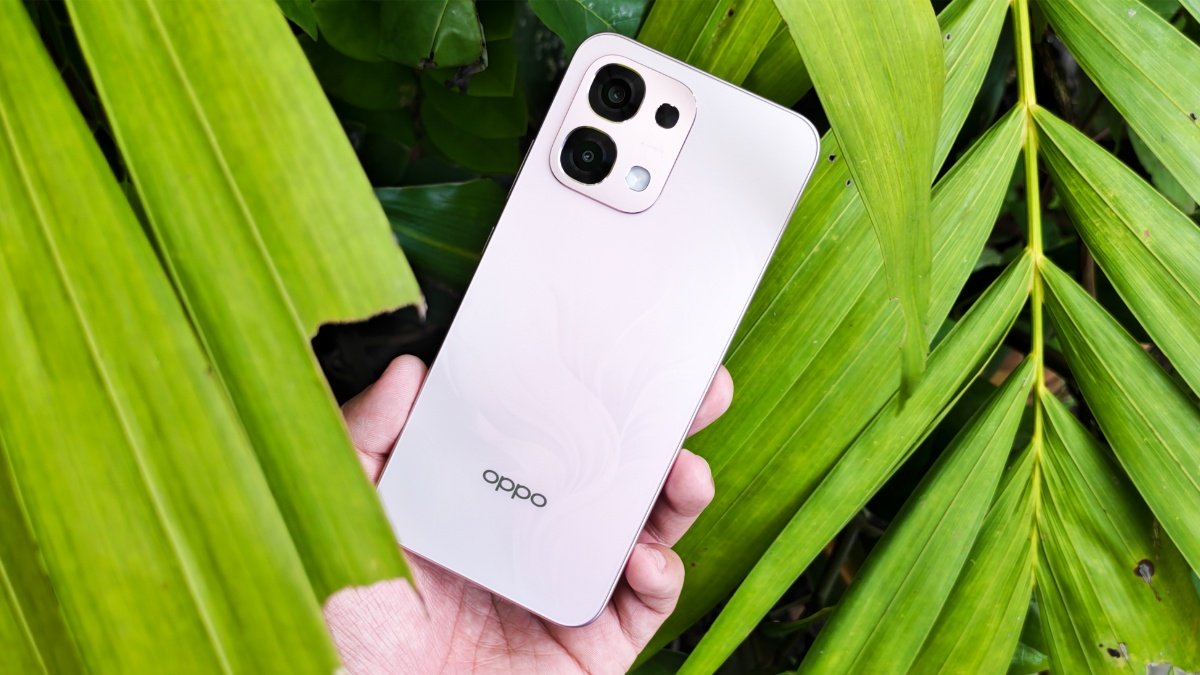


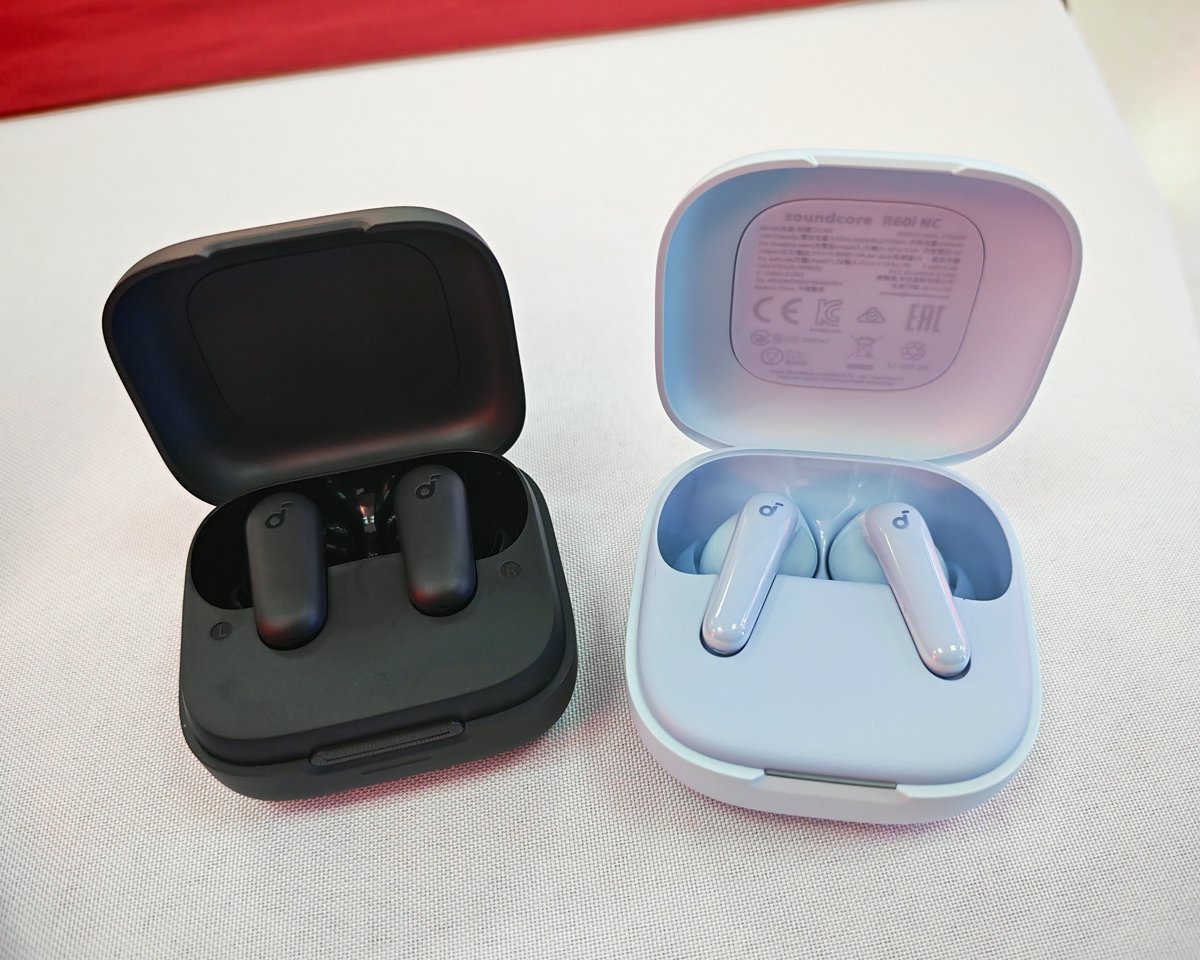


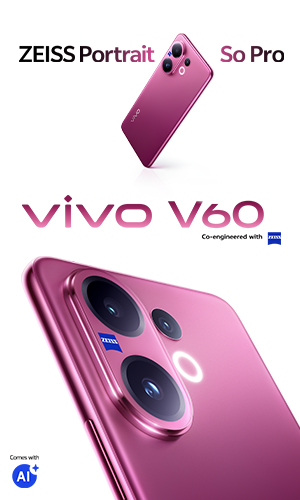
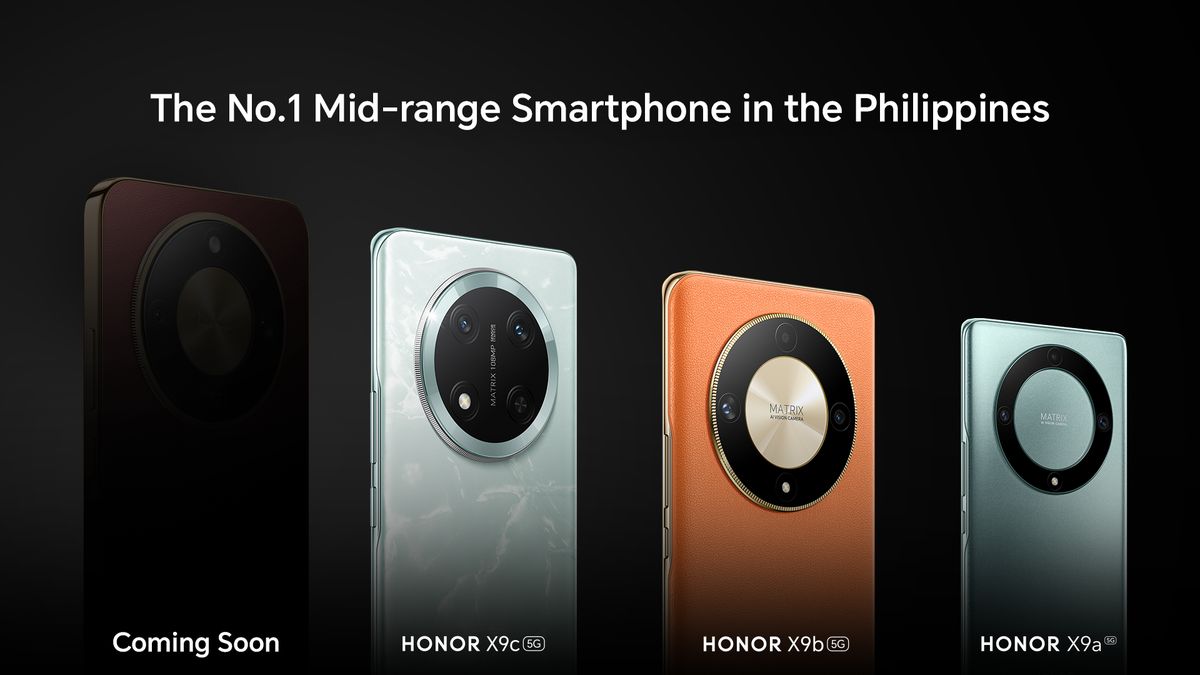
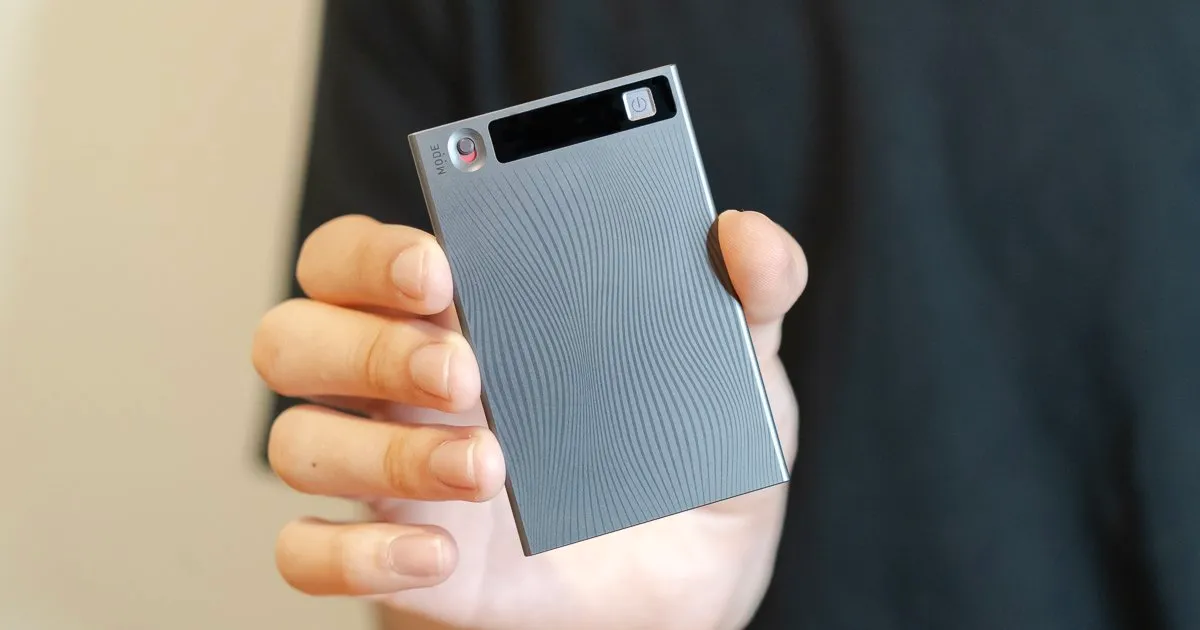


Leave a Reply